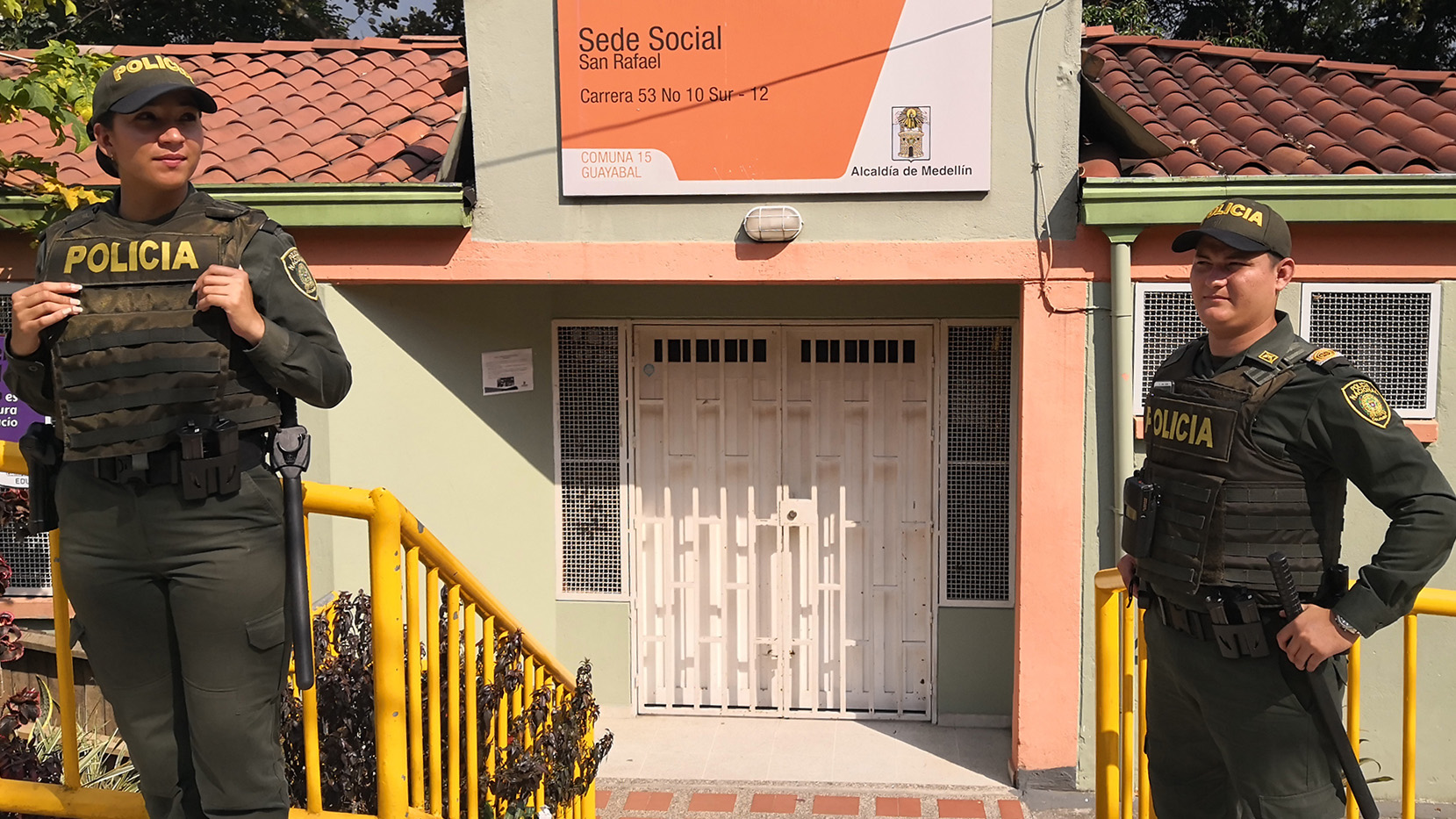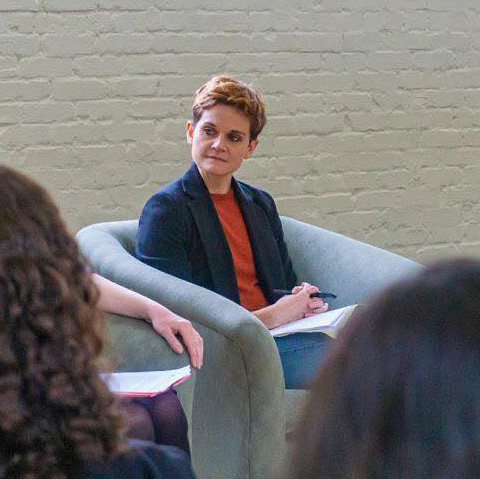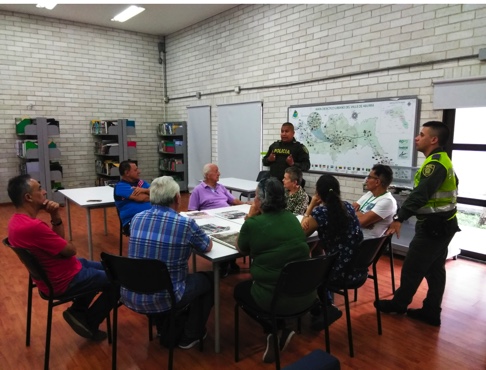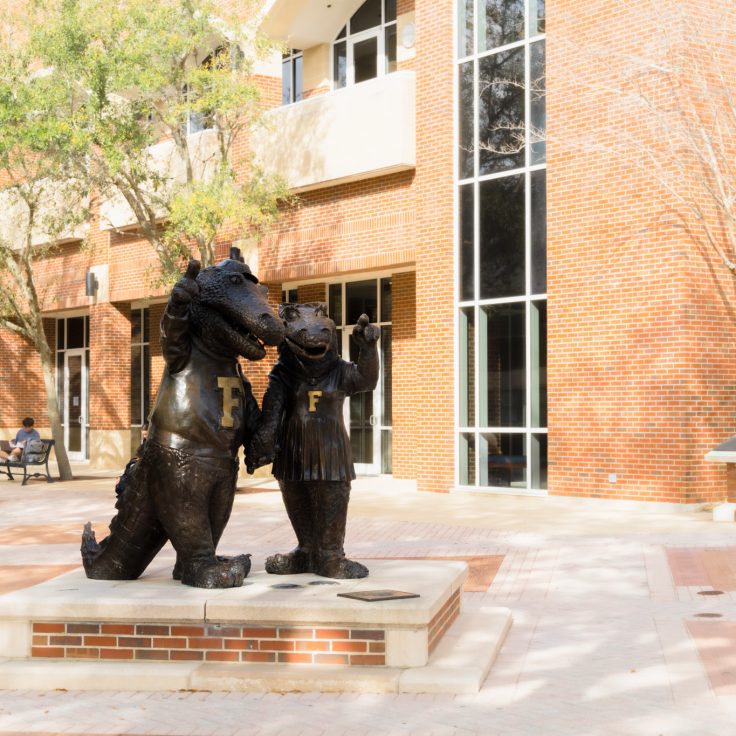
Study Finds Community Policing Falls Short in the Global South
UF sociologist Rebecca Hanson and collaborators find the practice ineffective at reducing crime and insecurity
Community policing is designed to improve relationships between citizens and their police force by connecting the groups through collaborative settings like town hall meetings and methods like foot patrols. The practice is widely celebrated in police reform strategy discussions — but a new study suggests it doesn’t always live up to its promises.

In findings published in Science, an international team of researchers that includes UF sociologist Rebecca Hanson reveal that in several countries across the Southern Hemisphere, community policing does not effectively improve crime rates or build citizen-police trust. As advocates worldwide push for increased community policing, the research raises concerns about the model’s efficacy in regions with high levels of crime and violence.
The findings challenge long-held beliefs about the benefits of using this strategy in law enforcement. The U.S. Justice Department recently announced more than $139 million in grant funding to advance community policing across the nation — and developing nations worldwide are following suit with increased spending on these initiatives. These funds are allocated based on the underlying belief that community policing efforts will improve community-police relations and crime rates.
“Despite the fanfare, our study shows that increases in community policing practices led to no improvements in citizen-police trust, no greater citizen cooperation with the police, and no reduction in crime in any of the six sites,” Hanson said. “In other words, these practices did not produce the results that policymakers and advocates of the approach claim.”
The idea behind community policing is simple: by engaging citizens in dialogue with local police, trust will build between the two groups. In turn, the new partnerships should lead to enhanced communication, improving the police force’s ability to prevent crime over time. The concept sounds like a win-win.
However, in past research conducted in Venezuela, Hanson has found the model to produce unintended adverse effects. “I have seen how community policing can actually justify repressive police tactics and generate conflicts and inequality in communities,” Hanson said. “For example, we tend to assume that communities will always advocate for less use of force by the police, but this isn’t always this case. Some communities demand harsher and more repressive policing in their interactions with officers, for a variety of different reasons.”
The new research, sponsored by Evidence in Governance and Politics (EGAP)’s Metaketa IV Initiative, involved six field studies coordinated by researchers across the Global South — in Brazil, Colombia, Liberia, Pakistan, the Philippines and Uganda.
The group chose locales throughout the globe where police lack legitimacy or have a violent history with citizens. The researchers worked with the police forces in these countries to establish community policing policies, tracking the results as they built.
As principal investigator, Hanson conducted her year-long study in Medellín, Colombia, where the prevalence of violent crime is compounded by a police force with a long history of human rights abuses and corruption. At the onset of the study, it was clear that police-community relations remain fragile — nearly half of residents reported in a city-wide survey that they trusted the police “only a little” or “not at all.”
Hanson and her team conducted interviews, focus groups and facilitated police-community meetings throughout the metropolitan area of over 3.7 million people. “By organizing over 700 community meetings across the city, we have compiled the largest qualitative dataset on police-community interactions across the region, at least to my knowledge,” Hanson said.

Throughout the six countries where fieldwork occurred, the research team found no improvement in citizen-police trust, no reduction in crime, and no increase in citizen cooperation when community policing practices were increased. While community policing practices could be successful if accompanied by larger infrastructural shifts, the results show that these initiatives are not sufficient solutions on their own.
As one of the most comprehensive studies on community policing ever undertaken, the Metaketa study filled a large evidence gap about the effectiveness of these practices — encouraging future evaluations of the practices of community policing.
“Both results from the Metaketa study — which show that community policing does not live up to expectations — and my previous research on the negative outcomes of this approach suggest that this money might be better spent elsewhere,” Hanson said.
A forthcoming book delving into the study, Building Trusted, Effective Police: Evidence on Community Policing from Six Coordinated Field Experiments in the Global South, is currently under contract with Cambridge University Press.


